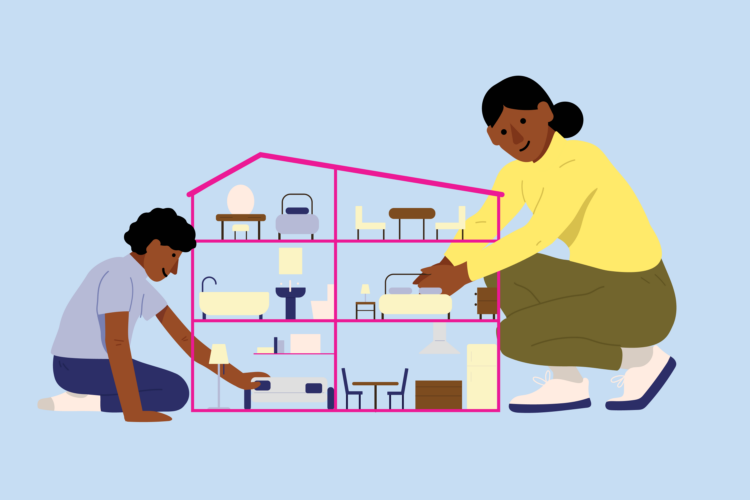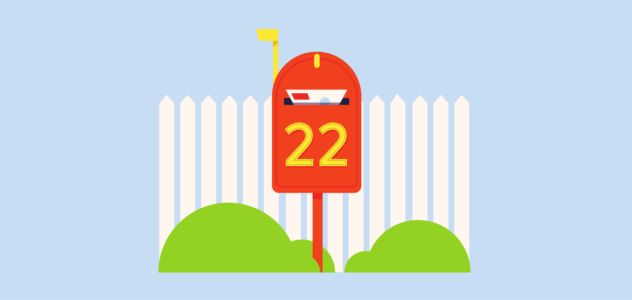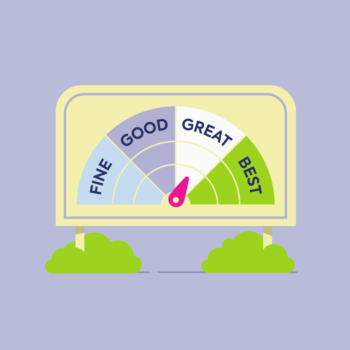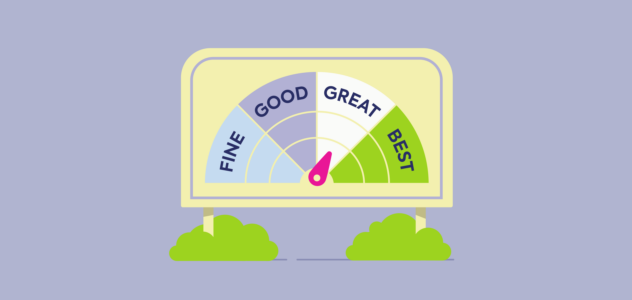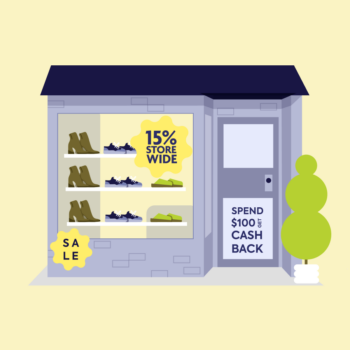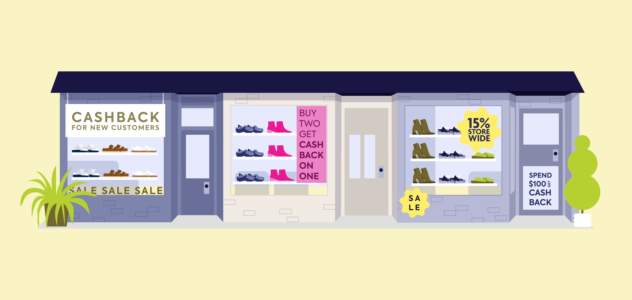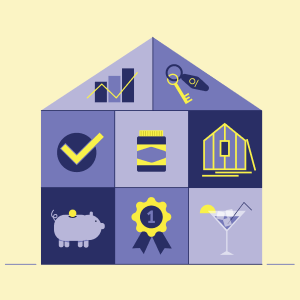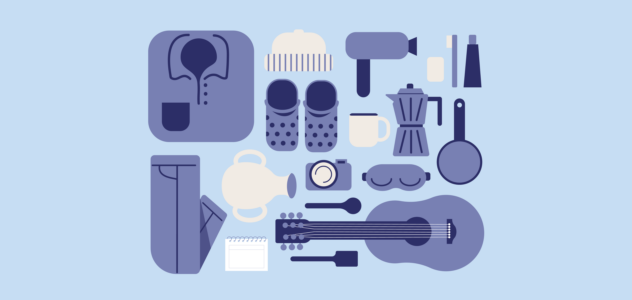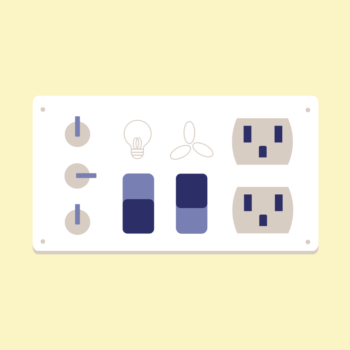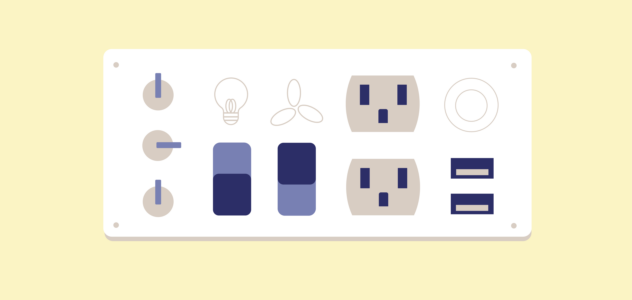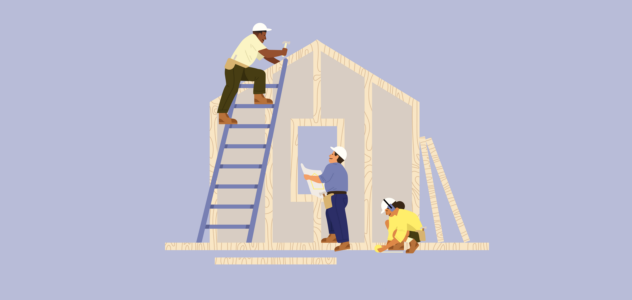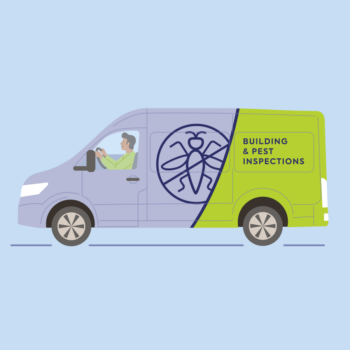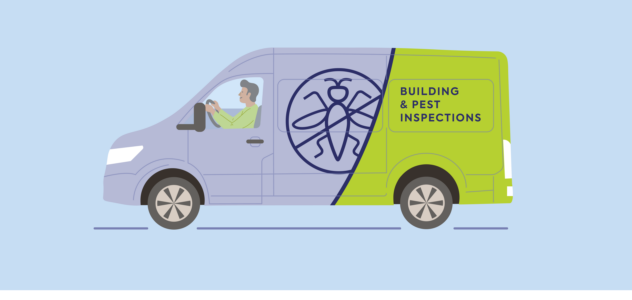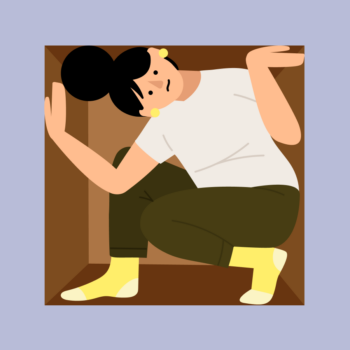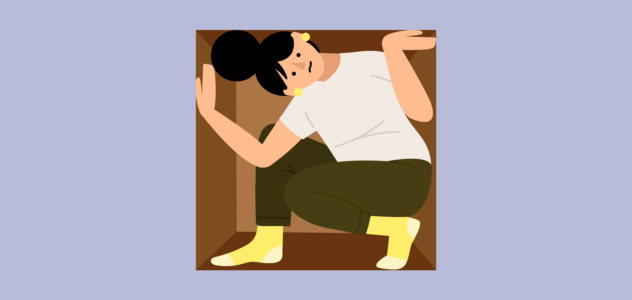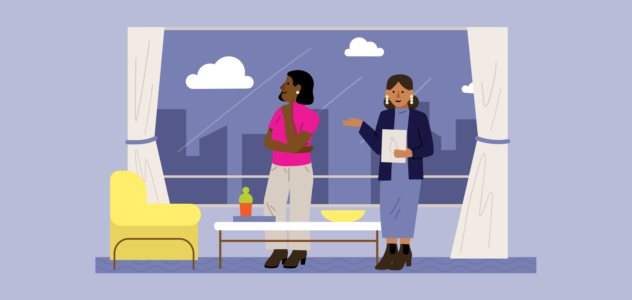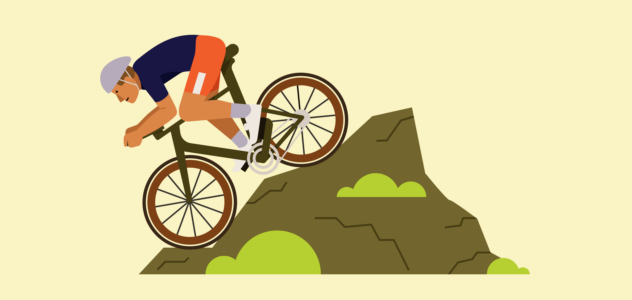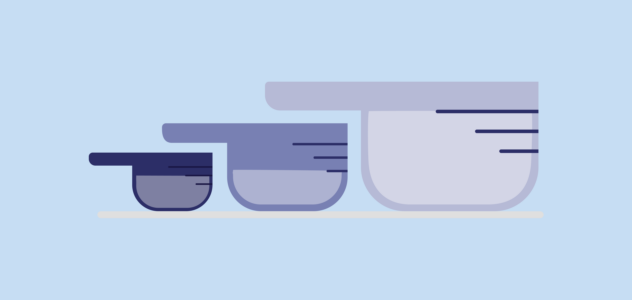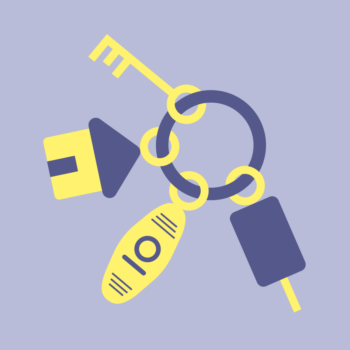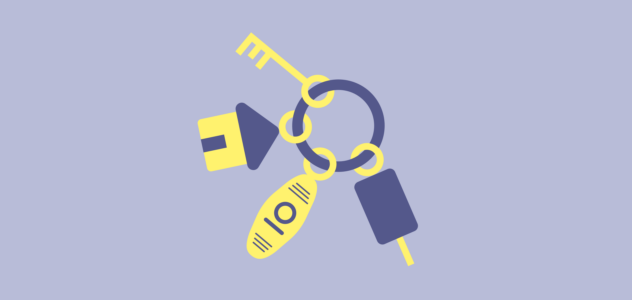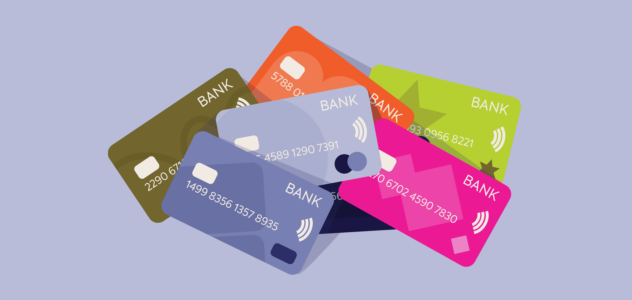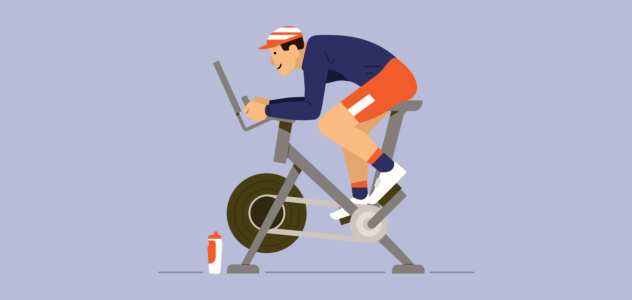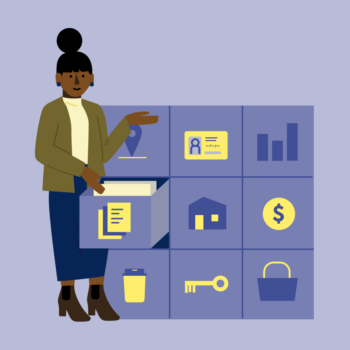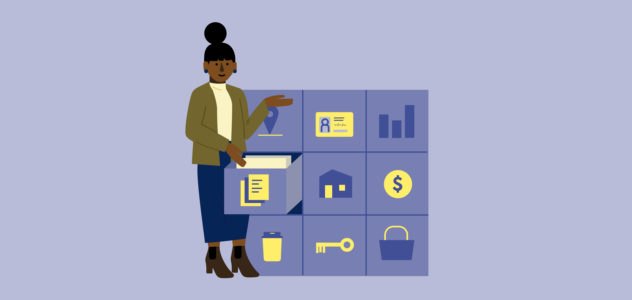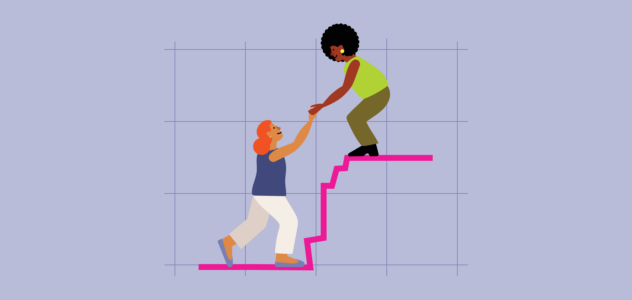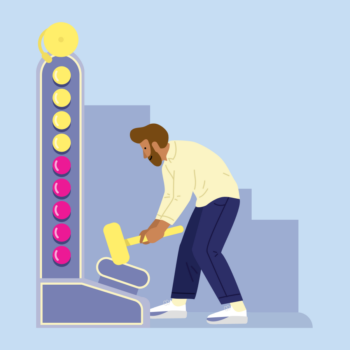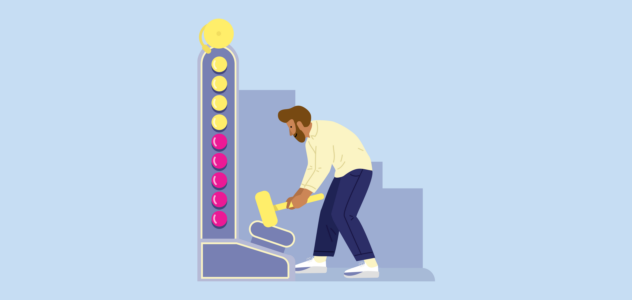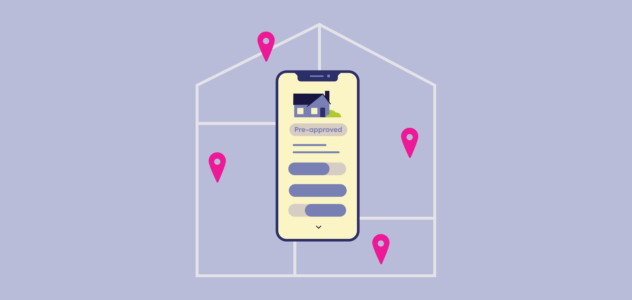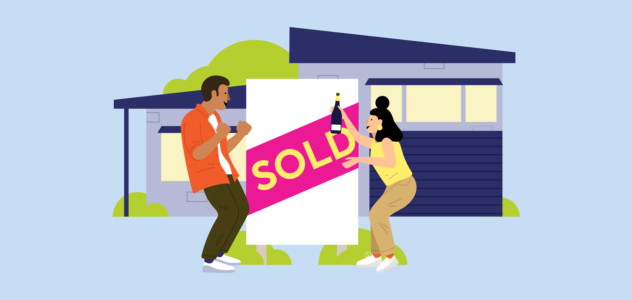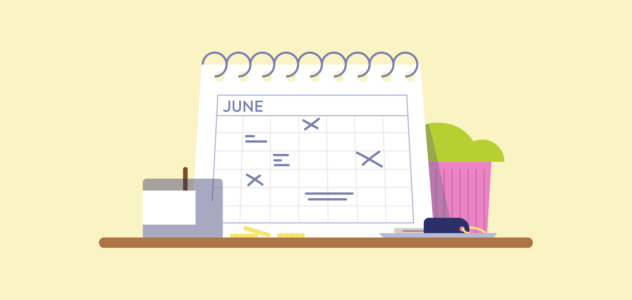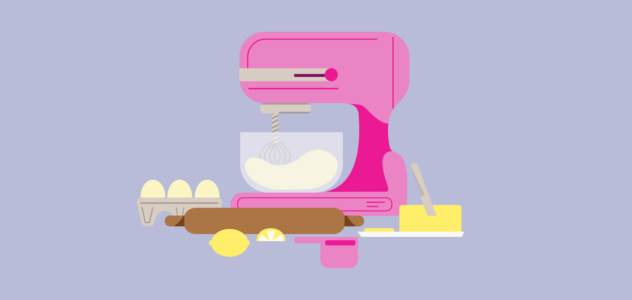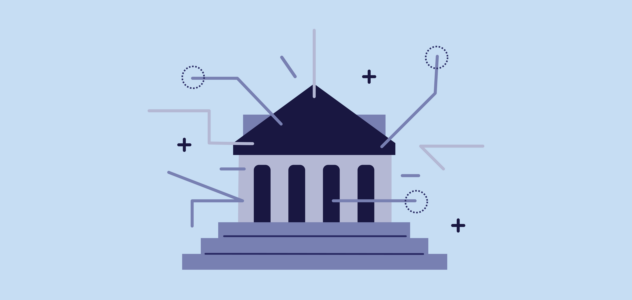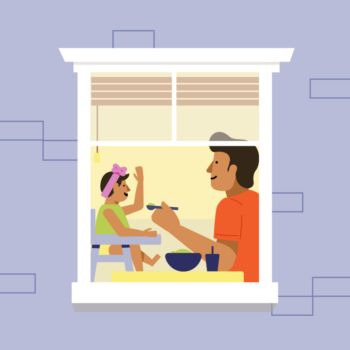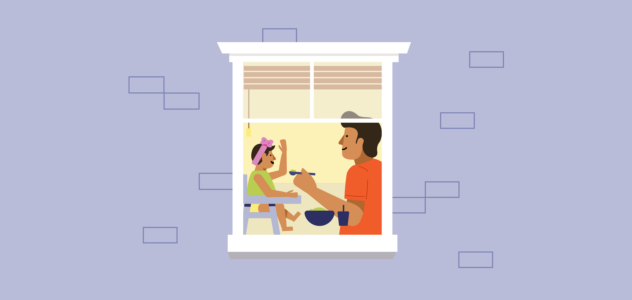Most Australians can’t afford a home outright, so we have rather helpful things called home loans.
A home loan is the money a bank or lender gives you so you can buy a property. You then have to pay this money back over an agreed number of years, as well as the interest accrued on the loan (which is ultimately how banks make their money).
But it’s not as simple as saying to a lender, “hey, can I have some cash?”
There are processes in place and rules to follow.
This article will take a detailed look at home loans for beginners (and beyond). We’ll talk you through what you need to know before applying for a home loan, including:
- How do home loans work in Australia? And what even is a mortgage?
- How much do you need for a home loan deposit?
- How does a bank calculate what they’re willing to lend you?
- The low-down on paying back your loan: principal and interest
- Different types of interest rates – fixed, variable and split rates
- Home loan features – offset accounts and redraw facilities
- Home loan packages – what are they?
- The people you need on your team
- A recap on the common mortgage terms
How do home loans work in Australia?
There’s no skirting around it – when you buy a property in Australia you’ll need an upfront chunk of cash, called a deposit (at least 5% but usually around 20% of the property value) plus funds to cover a variety of fees and government charges such as stamp duty. Then once a lender is comfortable with your financial situation, they’ll lend you the remaining amount. This is your home loan.
Buuut lenders don’t give away money for free. You’ll have to pay interest (AKA more money) to the lender for their service. So, your regular repayments typically cover the principal (the balance of your loan) and interest (the price you pay for that loan). A typical home loan is paid back over a period of 30 years.
So what is a mortgage, then?
‘Mortgage’ and ‘home loan’ are often used interchangeably, but there’s a difference.
While a home loan is the money you borrow from a lender, a mortgage is the actual contract that sits on your property title. This prevents it from being sold without your lender’s permission and allows them to sell your property if you break the contract or fail to repay the money you’ve borrowed.
Wait, tell me more about home loan deposits in Australia
Everyone who gets a home loan in Australia will need to pay a deposit – but the amount can vary from situation to situation.
As a general rule, 5% of the purchase price is the minimum deposit you need to buy an owner-occupied property (AKA a house you live in).
In most cases (but not all) 20% is the minimum deposit you need to avoid paying Lenders Mortgage Insurance (LMI). LMI is the insurance a lender takes out to cover any risks in case the loan goes bad (a lower deposit is more risky for the lender).
But let’s be clear: even though you pay LMI, it protects the lender, not you.
So, saving up a bigger deposit does have its advantages. And typically the bigger your deposit, the more likely you are to secure a better interest rate.
You can also call in a favour from family to assist with your deposit or secure your home loan. This could be:
- Gifted Funds – these are funds (usually cash) your family ‘gift’ you to contribute toward your home loan (the bank may want written proof it’s a gift and not a loan to be repaid).
- Guarantee – a guarantor is someone (usually a family member) who helps to secure your home loan. This is often done through the equity of a property they own (security guarantor) or less commonly through income assistance (servicing guarantor). When someone becomes your guarantor, they agree to take on some of the risk if your loan repayments can’t be made for whatever reason.
So, long story short: 20% is a popular deposit amount. But if you’ve got less, there are often ways to move ahead.
Government schemes like the First Home Guarantee can also help reduce the deposit amount required for first home buyers to avoid paying LMI.
So, when do you have to part with your cash money? The deposit is usually due after both parties have signed the contract of sale. Payment terms are generally outlined in the contract of sale.
So how does a lender decide how much they’ll lend you?
It’s a careful calculation called your borrowing capacity – AKA how much a lender is willing to lend you.
Your borrowing capacity is based on your total income less your total expenses (this includes living expenses and repayments on liabilities, like debt). Assessing your borrowing capacity is all about reducing risk for the lender as much as possible – they want to feel confident you’ll be able to pay back the loan.
To increase your borrowing capacity, you either have to earn more or reduce your expenses (have some liabilities you want to reduce or get rid of? Learn more about how a credit card affects your home loan).
Paying back your home loan: principal and interest
There are two key parts to repaying a home loan, the principal and the interest.
The principal is the total amount of money you’ve borrowed (AKA the balance of the loan). The interest is a percentage-based payment you make to a lender for borrowing money (AKA the principal) from them. This is ultimately how lenders make their money.
Knowing this, there are two types of loan repayments you can typically make: ‘Interest only’ or ‘principal and interest’.
- Principal and interest loan – You’re paying back the principal balance AND the interest in the one single repayment. This is the most common loan type by a country mile.
- Interest only loan – You’re only paying back the interest. This means your principal balance remains unchanged for a period of time. This type of loan is much less common, typically used by investors, and has a shelf life (eventually you’re going to have to pay down your principal balance).
As one of our experts Jake puts it…
“Think of your home loan repayments as a cake. Principal being the cake and interest being the icing. Each month, icing is put on the cake (as interest is charged). With interest only repayments, all you‘re doing is scraping the icing off the top and not eating any of the cake. With principal and interest repayments, you’re actually taking a slice of the cake and eating it, icing and all. Meaning less icing is added each time. And eventually, you will eat all of the cake (pay off your loan).”
There are pros and cons of both options. While the monthly repayments of an interest only loan are typically lower, sooner or later, you’re going to have to actually pay off some of the principal.
Let’s talk about types of interest rates
There are typically two types of interest rates when it comes to paying off your home loan: fixed rate and variable rate (or a little of each, a split rate).
A fixed rate is when you ‘lock in’ an interest rate for 1 to 5 years. So no matter what happens to interest rates in the market (increase or decrease) YOUR rate and repayment won’t change. This gives you certainty, but there are often more limitations to a fixed rate – for example, you may not be able to make extra repayments or open an offset account particularly for fixed rate terms greater than 1 year.
The most common structure for a loan, a variable rate changes with the market. There’s a little less certainty with this loan type (your rate and repayment can go up and down at any time). But the good thing about a variable rate is you can often make additional repayments and access features like an offset account.
A split rate is when you nominate a portion of your loan to be fixed and a portion to be variable. The best of both worlds.
Weighing up which interest rate type is best for you? Learn more about fixing your home loan.
What about home loan features?
There’s more to a home loan than simply paying back the principal and interest over 30 years. You can add features to your home loan to make it work better for you. The availability of these features depends on your loan type (they’re not always an option for fixed rate loans).
- Offset account – An offset account works like an everyday bank account where you can easily withdraw and deposit money (only it’s attached to your home loan). The advantage of an offset account is you may pay less interest in the long run. This is because the bank calculates your interest based on your total loan balance, minus what’s in your offset account.
- Redraw facility – With a redraw facility you can make and access extra repayments on top of your regular repayments. As the name suggests, you can ‘redraw’ your extra repayments from your home loan if you need to. Redraw is widely available and can reduce the interest you pay over the life of your loan.
- Extra repayments – As the name suggests, this means you can make additional repayments on top of your regular repayments. You can ultimately chip away at your principal amount and pay less interest in the long run. Woo!
Offset accounts, redraw facilities and extra repayments are all great options and they can help you pay down your loan and pay less interest over the life of your loan. Wondering which is right for you? Learn more about offset vs redraw.
What about home loan packages?
Different to home loan features, this is when your home loan is packaged with other products, like credit cards, bank accounts, insurance and offset accounts.
Home loan packages can be convenient, cheaper or have fewer fees because it’s all neatly bundled with the same lender. On the flip side, you may end up with less competitive rates, or products you don’t use.
Not sure if a home loan package is right for you? Our home loan experts (AKA mortgage brokers) can help.
How to get a home loan
There are a few steps involved in getting a home loan. Hoops to jump through, if you will. But it’ll all be worth it when you’re dancing through your new living room. Here’s a quick rundown on how to get a home loan, from the first meeting with a broker through to settlement.
Know your goals
Why do you want to buy a property? Is it an investment? Family home? Stepping stone? Get clear on your property and lifestyle goals (it’ll make the next steps a whole lot easier).
Meet with a broker
In your first meeting with a broker, they’ll likely get a rough picture of your income and expenses and chat through your goals and needs. They may also discuss your options and get started with the pre-approval process.
Pre-approval
Pre-approval is like a conditional thumbs up from your lender to borrow money. It’ll tell you how much they’re willing to lend you so you can search for properties with more confidence – heck yes!
Search for a home
The fun part. Revisit your goals and weigh up your needs – things like suburbs, outdoor areas, number of bedrooms, number of bathrooms, schools, public transport, main roads… you name it. It’s also a good time to recruit some experts to your team (more on that below).
Make an offer
It’s crunch time! The two most common ways to make an offer are through a private sale or auction. This can be an overwhelming and emotional time, so try to keep your expectations in check and chat with your broker if you have any questions, thoughts or concerns. It’s also a good idea to engage a conveyancer to check the Contract of Sale before you sign it – your broker can provide more information regarding conveyancers too.
Offer accepted
We’re *almost* there. Once the offer is accepted, the real estate agent will send the signed contract to both parties’ lawyers or conveyancers and they’ll run over every last detail to make sure all your ducks are in a row. Your mortgage broker will also work with your lender to apply for your loan to be formally approved.
Unconditional approval
Your lender *officially* agrees to lend you money – cha-ching. It’s time to finalise your home loan and make a final call on things like interest rates and home loan features.
Settlement day
The day you’ve been waiting for, when the property title passes from the seller to YOU. Settlement is a process that usually takes place after 30 – 90 days from when you’ve signed the contracts. This is when the balance of the purchase price will be paid to the seller and the property title moves to your name. You’ll also be responsible for paying land transfer tax or stamp duty.
Learn more here:
What documents do you need for a home loan?
What to expect in your first meeting with a broker
Who do I need on my team to get a home loan?
You don’t have to approach the world of home loans alone (phew). And it can seriously pay to have experts on your team.
- Mortgage broker – that’s us! We like to call our brokers home loan experts, and our services are 100% free as we get paid by the lender to get you a great loan. A mortgage broker is the middle person between you and the lender (and an all-round helpful expert to have on your team). Learn more about a mortgage broker vs bank.
- Conveyancer – a conveyancer is a licensed professional who makes sure the property title and contracts don’t contain any unexpected surprises. Your conveyancer also makes sure the property title is correctly transferred from the seller’s name to the buyer’s name.
- Pest inspector – they’ll look over the property to inspect whether there are any termites or pests, as well as any damage caused by them.
- Building Inspector – they inspect the safety and structural quality of the property, then alert you of any potential problems so there are no unwanted surprises.
- Buyer’s advocate – also known as a buyer’s agent, they’re a property buying professional who can search for, evaluate and negotiate a property purchase on your behalf. Learn more about a buyer’s advocate (and whether they’re worth it for you).
Let’s recap – common mortgage terms
Ok, we’ve covered a lot and we understand if your brain’s feeling a little crammed.
So, let’s recap and break down the most common mortgage terms so you’re ready to step out into the property world with confidence.
Mortgage broker
They’re the middle person between you and the lender and an all-around helpful expert to have on your team. They’ll help find a great home loan to suit your needs, then guide you through the process through to settlement.
Lender
The bank or finance provider that lends you money (your home loan).
Principal and interest loan
A type of repayment where you’re paying back the principal balance AND the interest it’s accruing.
Interest only loan
A type of repayment where, for a period of time, you’re only paying back the interest accrued (this has a shelf life).
Variable rate
An interest rate that fluctuates with the market (it can go up or down depending on what the market’s doing).
Fixed rate
When you ‘lock in’ an interest rate for 1 to 5 years (it stays the same regardless of what the market’s doing).
Stamp duty
A tax that state or territory governments charge for certain transactions and usually on the ‘transfer of land’.
Lenders Mortgage Insurance (LMI)
The insurance a lender takes out (paid for by you, the borrower) to cover any risks in case the loan goes bad (this is more common when property buyers have a deposit of less than 20% as this is more risky for the lender).
Pre-approval
A conditional thumbs up from a lender that you can borrow money.
Unconditional approval
An official thumbs up from a lender to borrow money.
Offset account
Like an everyday bank account where you can easily withdraw and deposit money, only it’s attached to your home loan and reduces the balance that your interest is calculated on.
Redraw facility
When you can make and access extra repayments on your home loan, on top of your regular repayments.
Gifted funds
Funds (usually cash) your family ‘gifts’ you to contribute toward your home loan.
Guarantor
Someone (usually a family member) who helps to secure your home loan, usually through the equity of a property they own, although sometimes it can be done through income assistance.
Need help getting a home loan? Or just want to start the conversation?
Whether you’re just exploring the idea of buying a property or you’re ready to hit the ground running, our Finspo mortgage brokers (or home loan experts) have got your back. With us, you can move as fast or as slow as you like. No obligations.
Regardless of where you’re at, it’s free and you’ll thank yourself for getting in touch with a broker.
It’s as easy as 1, 2, 3
- Book a chat with a friendly Finspo expert (online, phew!)
- Tell us about yourself and provide any additional info
- We’ll do the heavy lifting and present you with some loan options and a recommendation.
